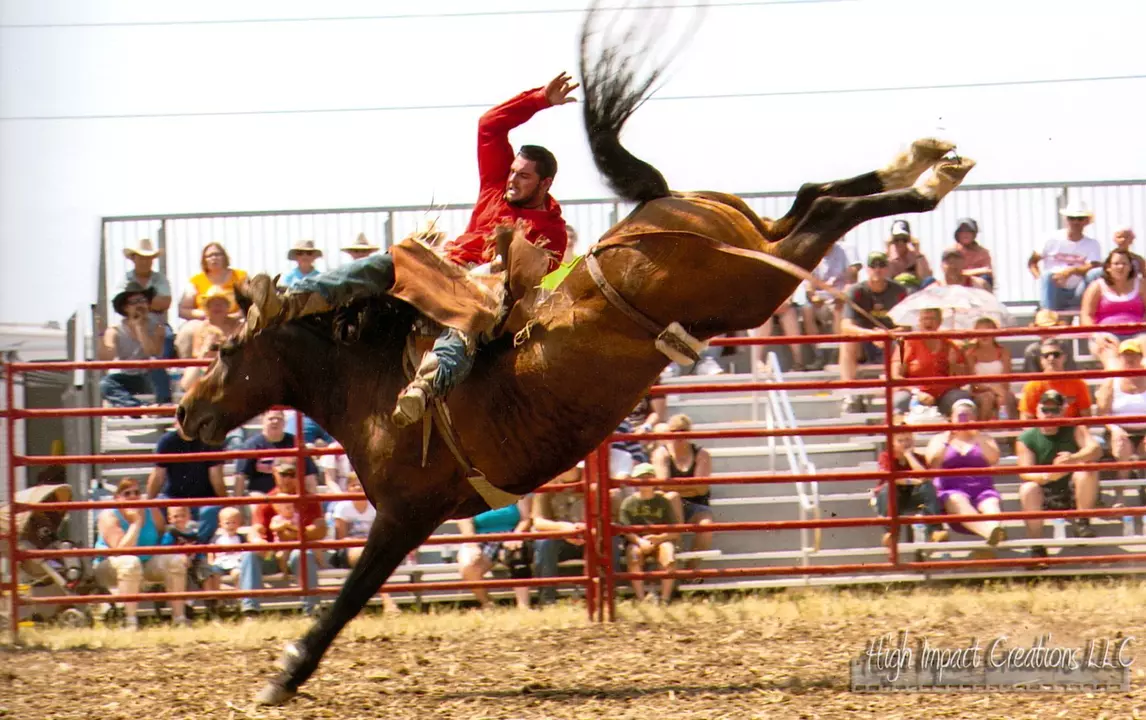Rodeo Basics: What You Need to Know Before Getting in the Arena
Thinking about trying a rodeo? You’re not alone. More riders are swapping the show ring for the dusty arena because the rush of a bucking bronc or a barrel race is hard to beat. The good news? You don’t have to be a cow‑boy legend to start. With the right gear, a solid training plan, and a bit of patience, anyone can join the fun.
Gear Up Without Breaking the Bank
First off, let’s talk equipment. A sturdy western saddle is the heart of any rodeo outfit – look for a saddle with a deep seat and a good cinch to keep you steady when your horse jumps or spins. A well‑fitted helmet is non‑negotiable; it’s the only thing that can protect you from a sudden buck. Most riders also wear a protective vest, especially for events like saddle bronc or bull riding. Boots should have a slight heel and a smooth toe – that helps you keep your foot in the stirrup when things get wild.
Training Tips That Actually Work
Before you book a spot at a local rodeo, spend time on the ground. Work on your balance with lunge lessons – they let you focus on posture without worrying about steering a horse. Once you’re comfortable, move on to trot and canter work, paying close attention to your riding aids. For barrel racing, practice tight turns in a small arena; the quicker you can shift your weight, the smoother the run.
Don’t forget mental prep. Rodeo events are fast and unpredictable, so visualizing the ride can calm nerves. Picture the horse’s movements, the sound of the crowd, and your response. This mental rehearsal makes the real thing feel less daunting.
If you’re new to specific events, consider a short clinic. Many rodeo schools offer one‑day courses for saddle bronc, bareback, or tie‑down roping. A coach can spot bad habits early – that saves you hours of frustration later.
Got a horse? Make sure it’s up for the challenge. A rodeo horse needs strong hindquarters and a calm temperament. Regular conditioning, like hill work and long trots, builds the stamina needed for a 10‑minute run that can feel like an hour.
Finally, remember safety comes first. Always check your tack before every ride, keep a first‑aid kit on hand, and never ride alone when you’re trying something new. A quick safety check can keep a minor slip from becoming a major injury.
Ready to feel the adrenaline? Grab your gear, hit the training arena, and give rodeo a try. With the right preparation, you’ll be snatching ribbons and having a blast in no time.
What causes a horse to buck in a rodeo?
During a rodeo, a horse may buck for various reasons. One primary cause is the discomfort from the flank strap, which is tightened around the horse's abdomen, leading it to buck in an attempt to get rid of the irritation. Other factors include the horse's natural instinct to protect itself from perceived threats, such as a rider on its back, or a sudden noise or movement that spooks the animal. Additionally, some horses may have a higher tendency to buck due to their breed or temperament. Overall, a combination of physical discomfort and the horse's innate instincts contribute to bucking in rodeos.
READ MORE